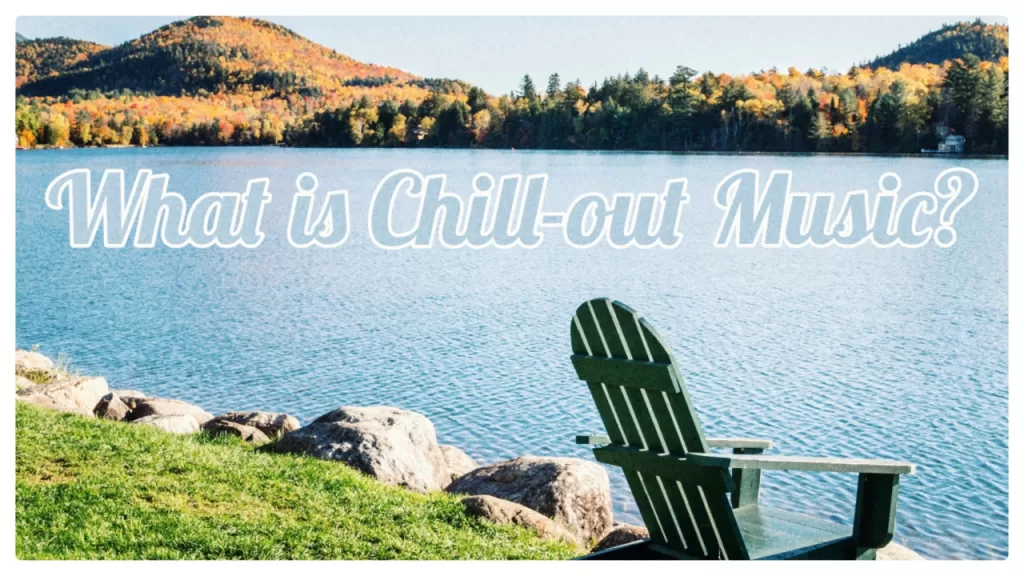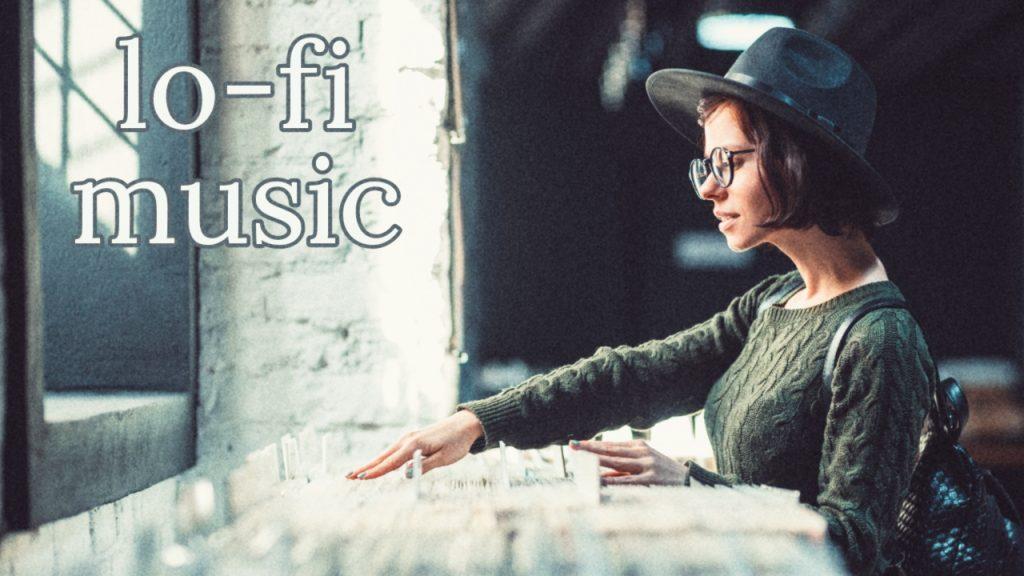In this article, I desk researched the top 5 chords to consider while working on your next chill beats. Creating beats is an art form that blends soothing melodies, relaxing rhythms, and a touch of nostalgia. Sounds easy, yet a challenge to every producer, who wants to create something new.
Whether you’re a bedroom producer, a hobby artist, or just a music enthusiast diving deep into the chill and lofi genre, understanding the foundational chords can elevate your music production.
Minor 7th Chord (m7)
Starting with the Minor 7th chord, that is a staple in chill beats. It’s smooth and I believe a bit jazzy tone makes it perfect for creating a relaxed atmosphere. If you have keys (or guitar) at home, give it a go and let me know if you like it.
Why does it work? Warm and emotive vibe: the minor 7th chord adds depth and warmth, which is (in my humble view) essential for chill music. On the other hand, it is versatile: it works well in various contexts, from mellow verses to dreamy bridges.
Example: A Minor 7 (Am7)
Notes: A – C – E – G
Major 7th Chord (maj7)
The Major 7th chord is known for its bright and dreamy sound. On the other hand, I believe this one is a “full” vibe chord, offering a stronger, yet elegant vibe making it a go-to for uplifting and relaxing tracks.
Why could it work for you? The dreamy quality effect that is to be considered: the major 7th chord creates a floating, ethereal feel. Yet offering rich harmonics to the listener. It provides a full sound that’s pleasant to the ear.
Example: C Major 7 (Cmaj7)
Notes: C – E – G – B
Dominant 7th Chord (dom7)
The third one is a bit more complex: the dominant 7th chord, that introduces a bit of tension and resolution, adding an interesting dynamic to chill beats.
Why does it work? Bluesy feel: it brings a slight bluesy vibe that can add character. If you are into the lofi vibe, give it a go and enjoy the vibe. A tension and then the release: the tension it creates resolves nicely, making the progression engaging.
Example: G Dominant 7 (G7)
Notes: G – B – D – F
Minor 9th Chord (m9)
After two major ones, it is high time to balance it out with a minor proposal again. The Minor 9th chord is perfect for adding a sophisticated and lush feel to your chill beats.
Why could this be the right one for you? Lush texture with a bit of solemnity: It adds complexity and richness without overwhelming the listener, yet adds a hint of sadness. It is almost an emotional depth-vibe: the minor 9th chord conveys deep emotions, perfect for (sad) chill vibes.
Example: D Minor 9 (Dm9)
Notes: D – F – A – C – E
Suspended 2nd Chord (sus2)
Last but not least: the suspended 2nd chord. It creates a sense of openness and can add a unique, airy quality to your beats.
Why does it work? Airy and open vibe: this chord avoids the tension of a major or minor third, giving a fresh, open sound. It also offers space for some experimental melodies because of its open sound. Therefore it is flexible. It can smoothly transition into other chords, making it great for varied progressions.
Example: E Suspended 2 (Esus2)
Notes: E – F# – B
My Conclusion of the Top 5 Chords for Chill Beats
Exploring these five chords and seeking different solutions is always a pleasure. To me, whether it is minor 7th or major 7th it does not really matter. I am seeking a certain vibe and how to reach it through my beats. On the other hand, I found this journey entertaining and it also gave me a push, on how to record different chords on my samplers in the future.
After all each chord can open up a world of possibilities for your chill beats. Each chord brings its unique flavor and vibe that enables you to offer a certain feeling to the listeners. They are perfect for creating the relaxing, emotive soundscapes that define the chill and lofi genres.
Ready to start incorporating these top 5 chords into your chill beats? I hope so! Fire up your DAW, experiment with these chords, and watch your music come to life.
For more tips and tutorials on music production, subscribe to our blog and follow my social media channels. Let’s make some chill beats together!


